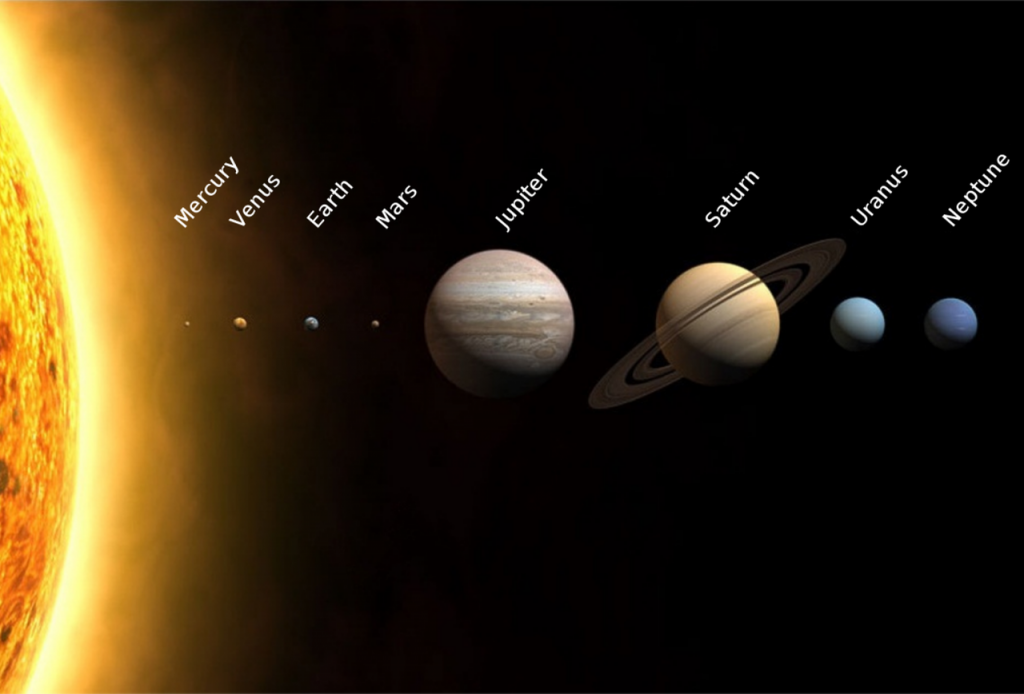
In term 3, year 5 have been studying space. We have looked at the galaxy that we are part of, the sun and the rest of the solar system, I have found this really interesting and I’d like to share my new knowledge with you. Here’s what I’ve been learning.
Mercury
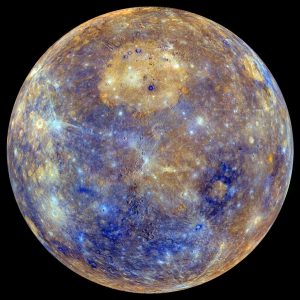
In our solar system everybody knows there are planets and pitch black darkness. Mercury is the closest planet to the sun, it is the smallest planet in the solar system and a year is just 88 days on Mercury. It’s just a little bigger than Earth’s moon and although it’s the closest planet to the sun, it’s actually not the hottest.
Venus

Venus is the second planet from the Sun and is oddly the hottest. Even though it is not the closest to the sun, its thick atmosphere traps the warmth. Venus is called the sister planet because its weight and size is so similar to Earth’s size. A year on Venus takes the same as 224 earth days.
Earth
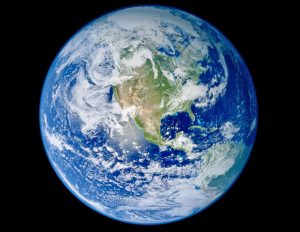
As everybody knows, Earth is our planet and the 3rd closest to the sun. . Earth is the only planet in the solar system that is not named after a Greek or Roman god. Earth was made roughly about 4.5 billion years ago, which means it is around 4.5 billion years old.
Mars
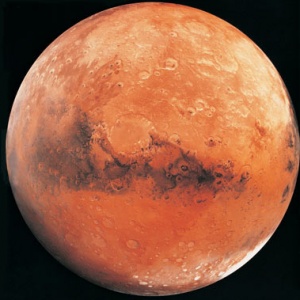
Mars is the 4th planet from the Sun, it is 227,940,000 km away and is the 2nd smallest planet in our solar system. It takes it’s name from the Roman god of war and it is also called the Red Planet because of its colour. Mars is an earthly planet with a thin atmosphere made mostly of carbon dioxide.
Jupiter
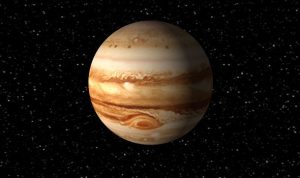
Jupiter is massive and cannot become a star; it is made up of the same elements as the sun but it’s not big enough or strong enough to create the energy the sun does. However, it is the fastest spinning planet in the solar system. The clouds on this planet are only 50 km thick and the big red spot has been there for a long time. This is quite an unbelievable fact, but Jupiter has 67 moons!
Saturn
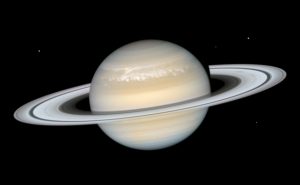
Saturn is the second largest planet and is best known for its fabulous ring system that was first observed in 1610 by the astronomer Galileo Galilei. We cannot live on Saturn because of the gases that are in the air.
Uranus
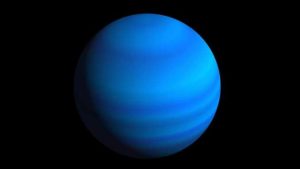
Uranus is an ice planet and was discovered by Sir William Herschel in 1781. Uranus turns on its side every 17 h and 14 m and it takes 84 years to travel round the sun. Uranus is the coldest planet in the Milky Way.
Neptune
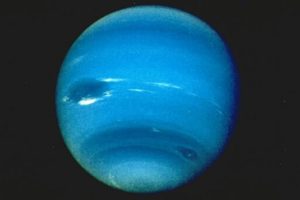
Neptune was named after the god of sea because of its colour blue. It is the third largest planet. Even though Neptune is smaller than Uranus it weighs more than Uranus.
There are four planets that you can land on in our solar system and there are another four that are impossible to land as of today but who knows what the future of space travel holds? Maybe one day we will visit other planets for our summer holidays…
written by Mayo Year 5

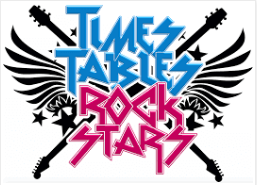
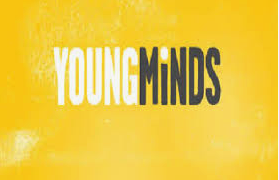

It’s really good mayo and it taught me a lot about space and the planets!
It really gave me a lot of information!
it taught me alot mayo.